Our Region’s Forests are in Good Hands with this Rising Star
Thursday, December 18, 2025 / Online
An Unlikely Forester
Dr. Temitope Ojo had big dreams when he was growing up, but working in the natural resources industry wasn’t one of them.
“As a kid, we didn’t have constant electricity in Nigeria,” Temitope says. “So I set my mind on becoming an electrical engineer because I wanted to be part of the solution.”
After he finished high school, he applied to the Federal University of Agriculture Abeokuta (FUNAAB), Nigeria. 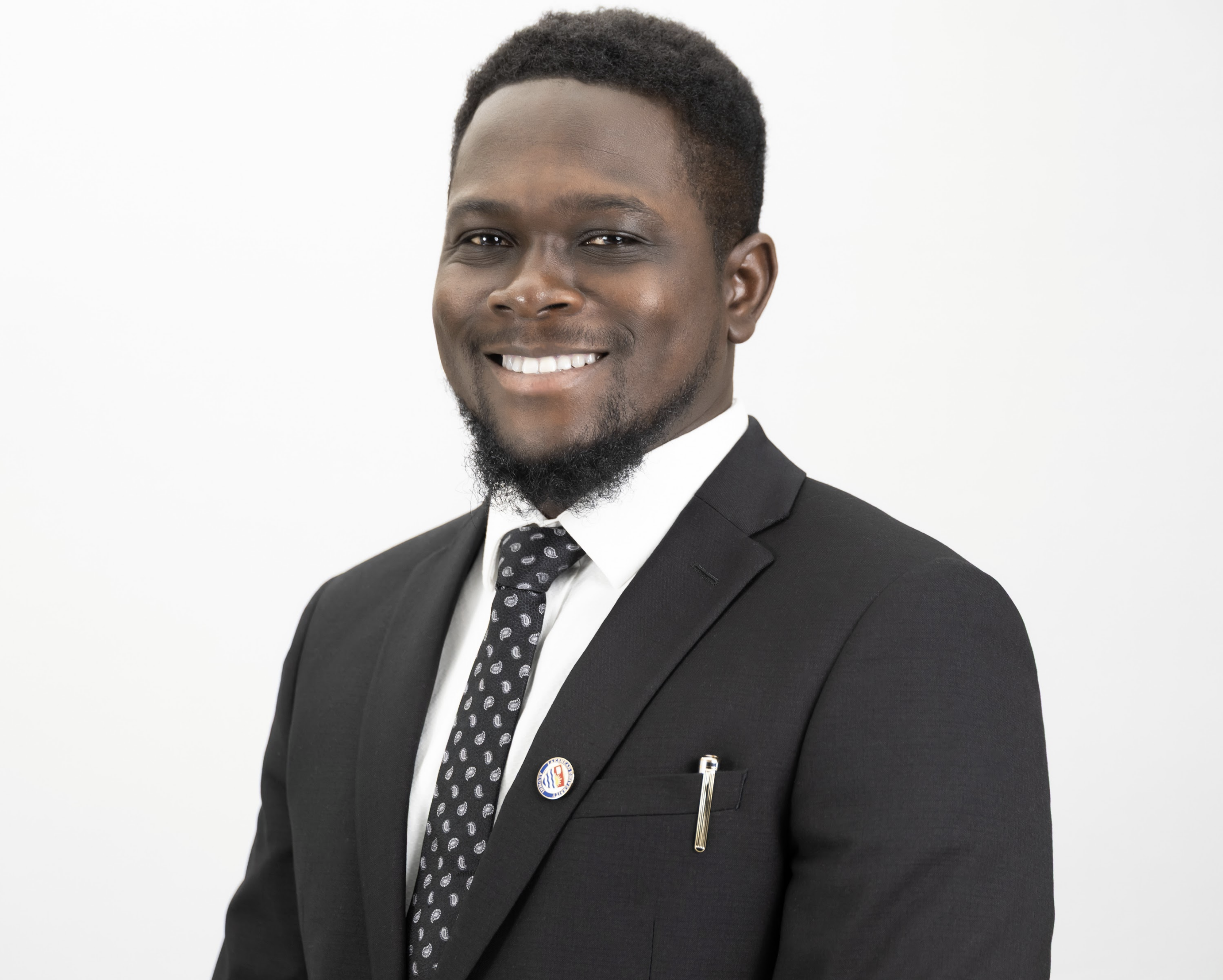
Then Temitope hit a snag.
It would be a full year before his electrical electronics engineering spot would become available, and he didn’t want to wait around. When the university told him they had a spot open in their forestry program, Temitope took it.
His friends weren’t sure about this unexpected choice. “They laughed when I told them and said, ‘You’re going to be a forester?’”
“But I fell in love with forestry,” he says.
Helping Restore a Ravaged Landscape
When he finished his undergraduate degree, graduating with distinction, Temitope put his newfound knowledge to practical use.
In Nigeria, all university graduates are required by law to complete a year of national service with the National Youth Service Corps (NYSC) to promote national unity and community development. Temitope was eager to use this service year to support reforestation efforts.
“Nigeria is in an environmental crisis caused by deforestation,” he explains. “With fewer trees to anchor the soil and break the wind, communities are facing landslides and strong winds that rip roofs off homes.”
He planted over 10,000 trees during his year of service—both fast-growing Gmelina and sturdy teak trees.
His herculean efforts earned him a National Youth Service Corps State Coordinator’s Award from the federal government.
But Temitope wasn’t finished with academia. He returned to school to complete a Master of Forest Economics and Management at FUNAAB, graduating at the top of his class.
“Then I decided to continue my passion for forestry, and began looking at PhD programs in the United Kingdom, Sweden, Finland, Hong Kong, and Canada. I picked Canada because it has the best forestry programs in the world.”
A Friend You Can Lean On
Temitope’s research led him to choose Lakehead. So, in 2019, he made the life-changing journey from Nigeria to northwestern Ontario.
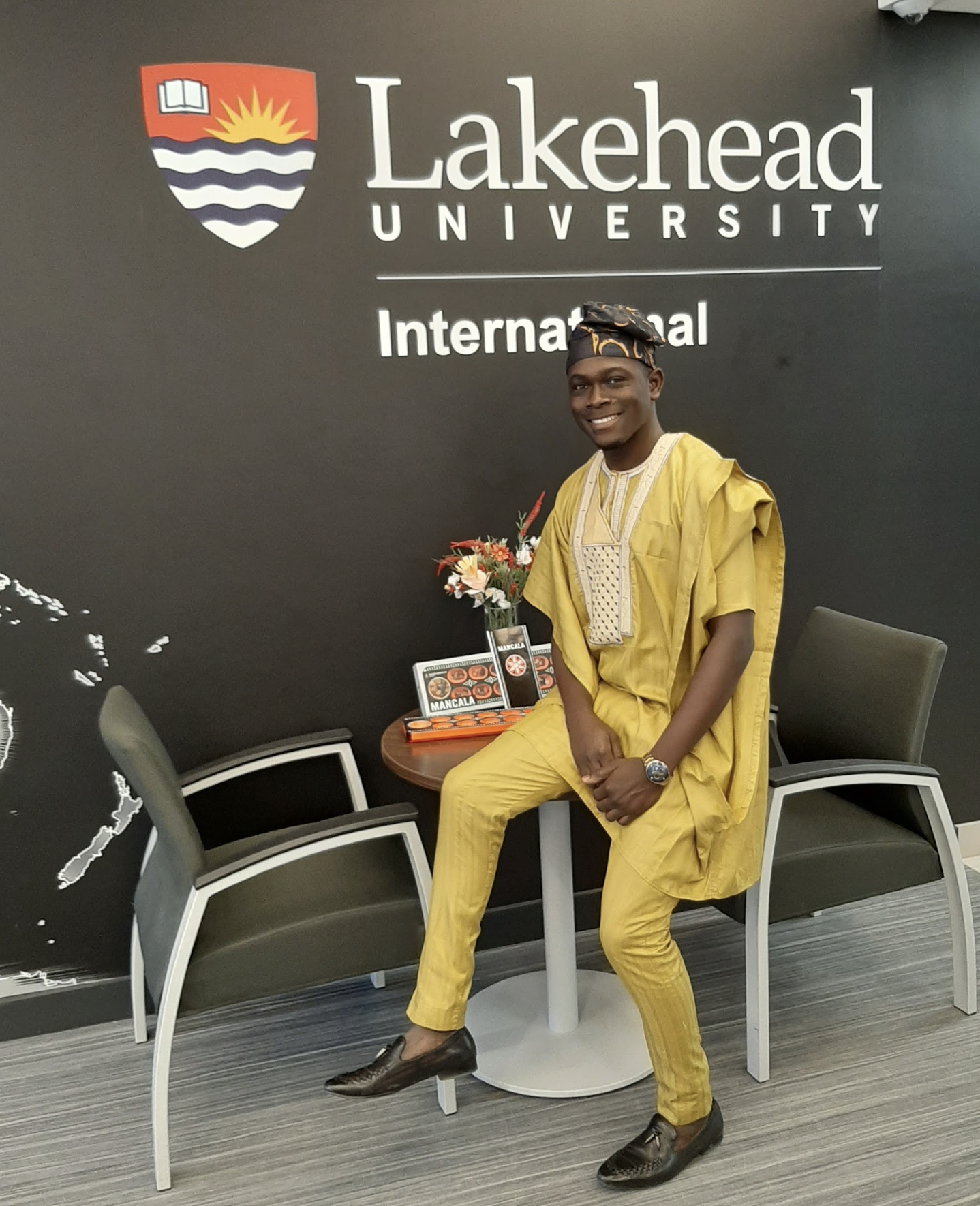 “When you come to Lakehead, you don’t only come to study,” Temitope says. “Lakehead has the resources to help you fit into the community and to inspire you to give back to the community.
“When you come to Lakehead, you don’t only come to study,” Temitope says. “Lakehead has the resources to help you fit into the community and to inspire you to give back to the community.
Pictured left: Temitope was admitted to PhD programs in multiple countries, but Lakehead stood above the others. “I wanted professors with track records of mentoring their students and who specialized in my interests,” he says. “I also wanted small classrooms and to be close to nature.”
My PhD supervisor, Dr. Michel S. Beaulieu, instilled this ethos in me. I wanted to replicate that goodness.”
Soon, Temitope was helping other students transition to life in a new country. 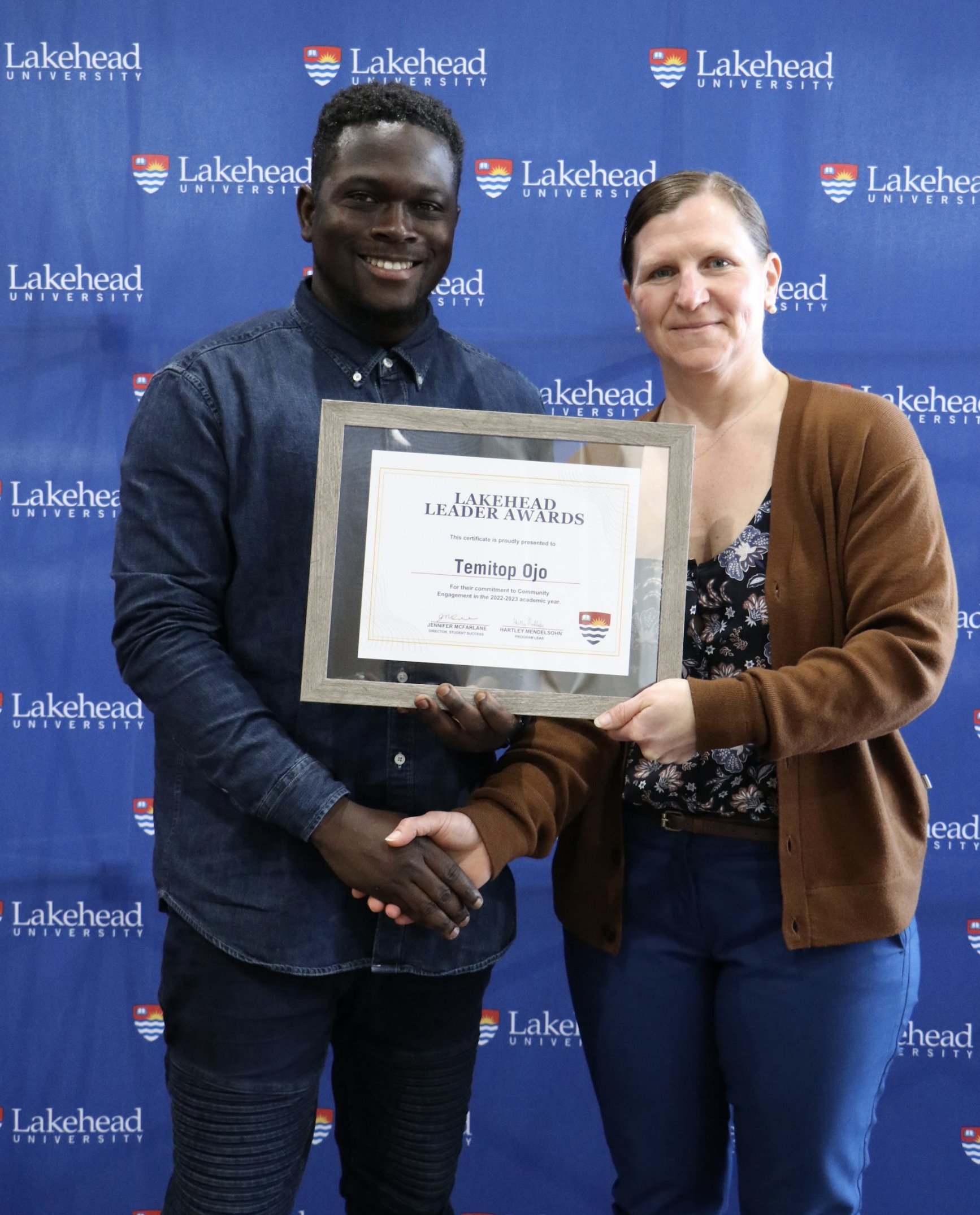
He started a shuttle system, giving new international students rides from the airport to their residences and buying groceries for them with his own money. He also introduced them to services available at Lakehead and in Thunder Bay.
Pictured right: Temitope was recognized with Lakehead Leader Awards for Diversity and Inclusion (2020) and Community Engagement (2023) from the university’s Student Success Centre. He also received the City of Thunder Bay’s Exceptional Achievement – Good Citizen Award in 2025.
“I became friends with many of the students I met.”
Temitope contributed in many other ways. He was the president of Lakehead’s branch of the Canadian Union of Public Employees and a member of the Graduate Student Association’s executive.
He volunteered with the environmental non-profit EcoSuperior, served as a citizen representative and vice-chair of the City of Thunder Bay’s Anti-Racism & Equity Advisory Committee, and joined the Thunder Bay Historical Museum Society board, where he now serves as vice-president.
A New Champion for Northwestern Ontario Forestry
A few weeks before receiving his PhD in Forest Sciences in 2024, Temitope landed a position as the regional supervisor of the Ministry of Natural Resources’ Northwest Region.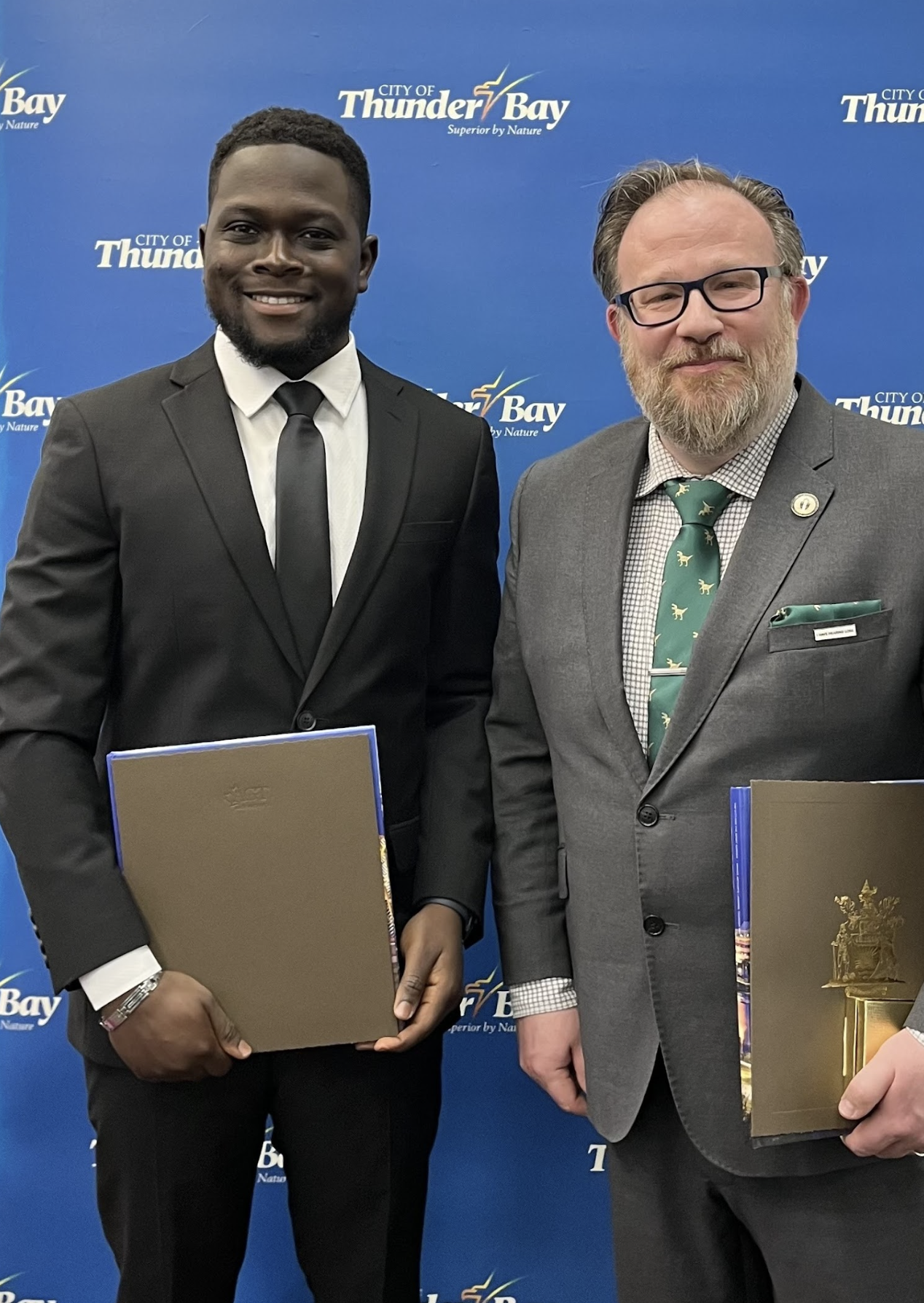
In this role, he leads the Regional Information and Analysis Unit, where he oversees natural resource assessment and geospatial analysis. He also develops complex Geographic Information System (GIS) products that support ecological sustainability and natural resource planning across northwestern Ontario.
Pictured left: Temitope served as the vice-chair of the Canadian Institute of Forestry (Northwestern Ontario) and was featured in an article in the September 2023 issue of the Professional Forester.
“It’s all thanks to the mentorship of Dr. Beaulieu,” Temitope says. “When I was close to graduating, he reviewed my resume and gave me tips and pointers, which got me an interview with the Ministry of Natural Resources.
I’m so grateful to him and to Lakehead for helping me find my dream job.”


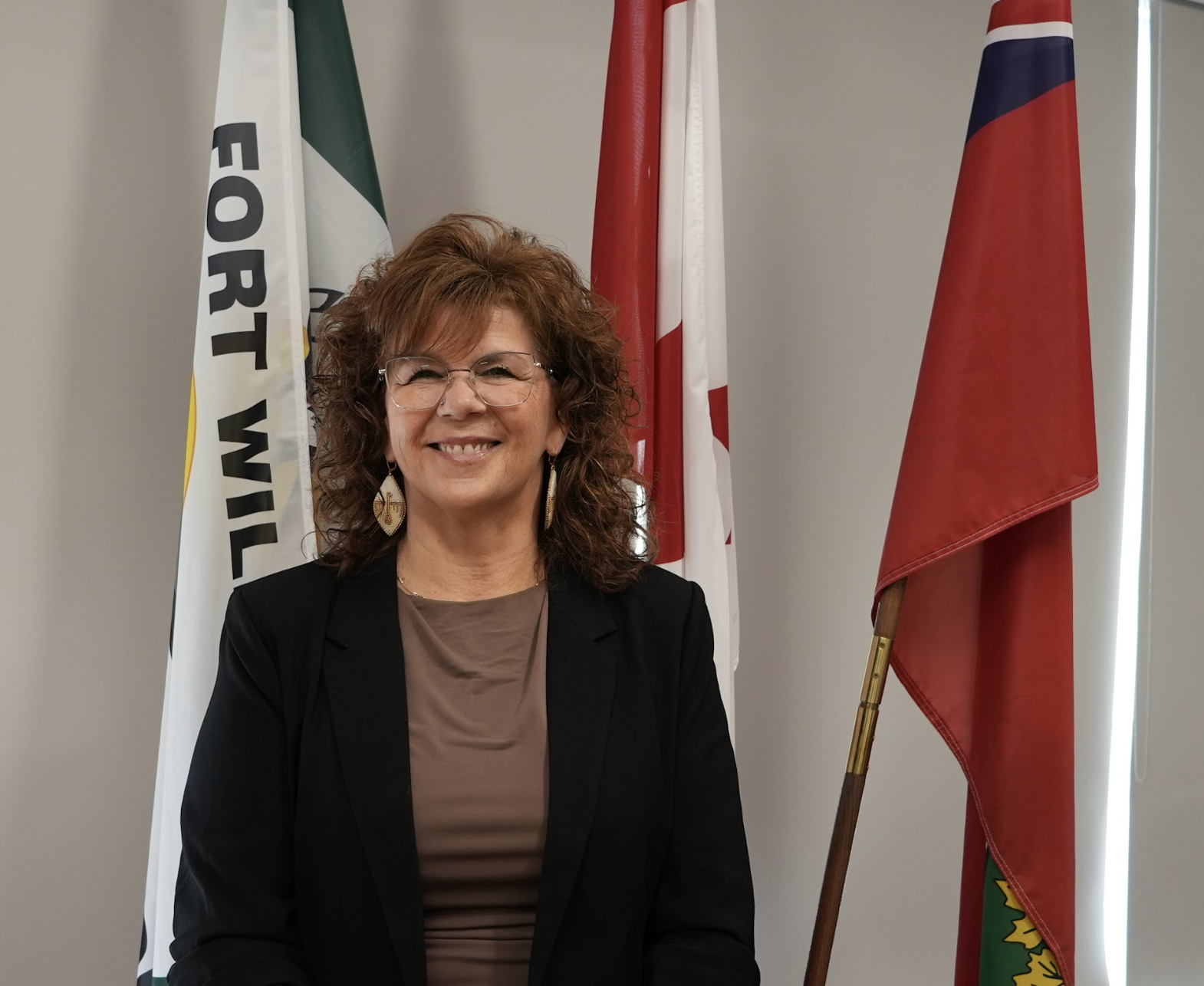
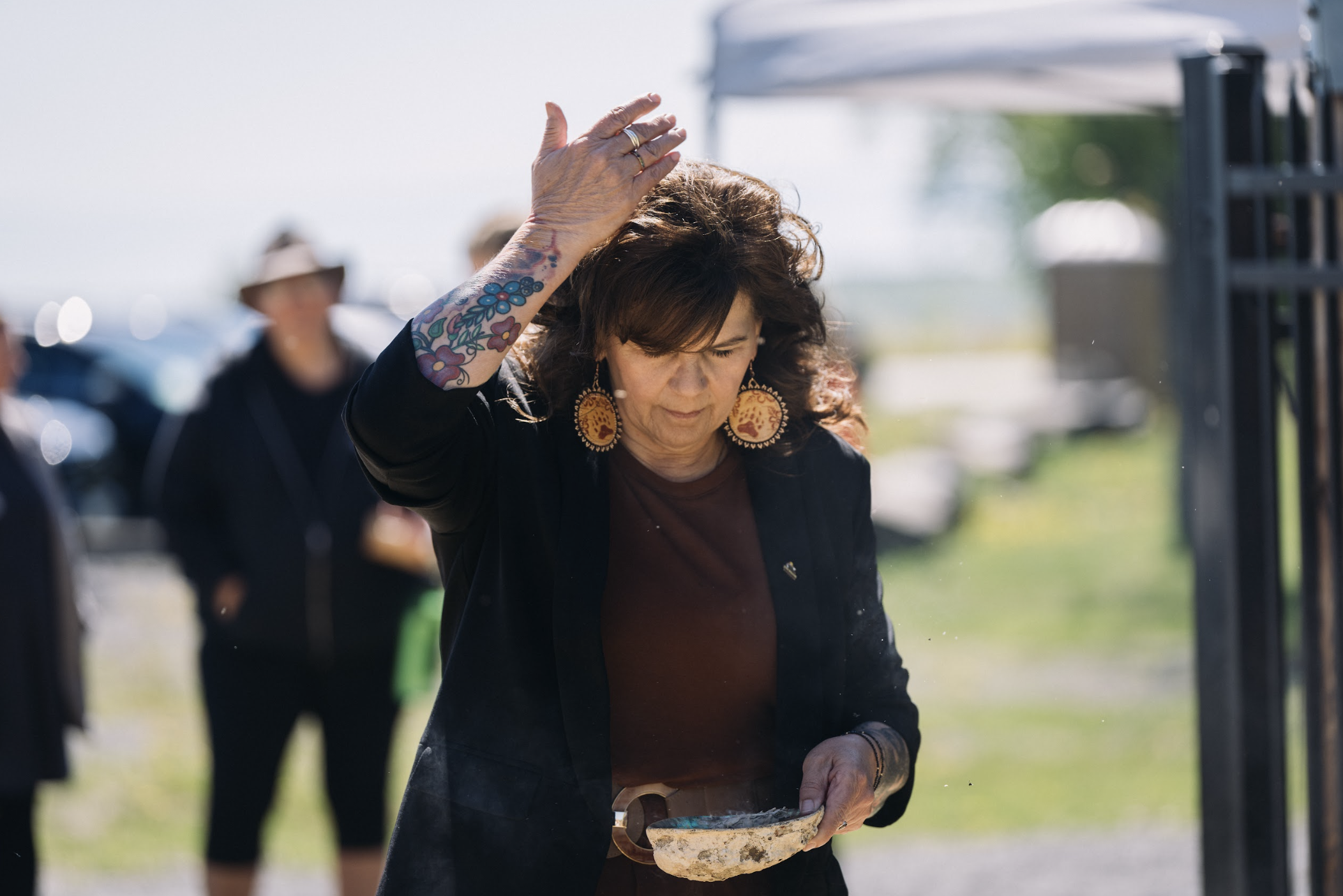

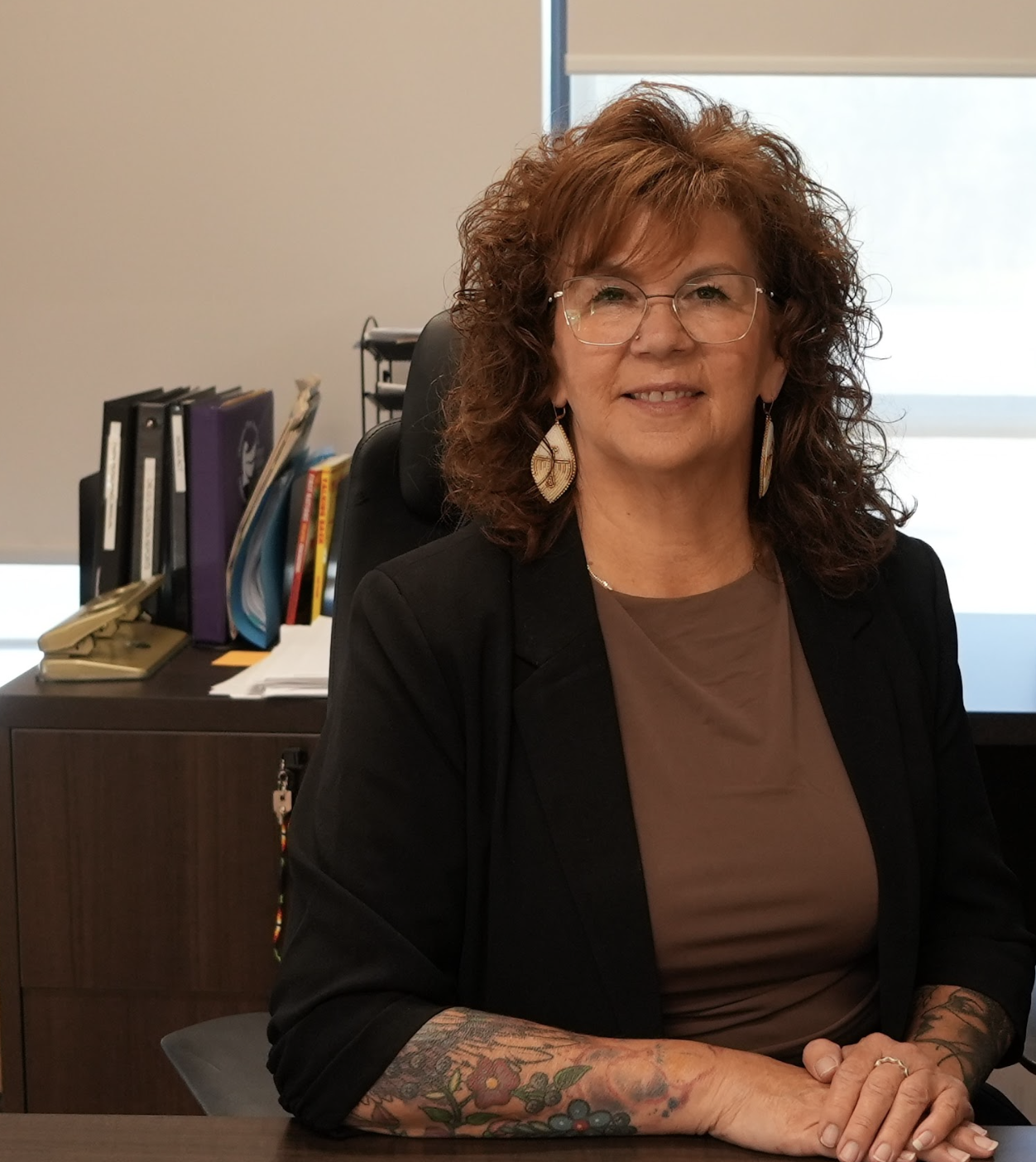 “I’ve had the privilege of representing the Fort William First Nation in the Robinson-Superior annuity court case since 2018, including giving testimony,” Chief Solomon says.
“I’ve had the privilege of representing the Fort William First Nation in the Robinson-Superior annuity court case since 2018, including giving testimony,” Chief Solomon says. 


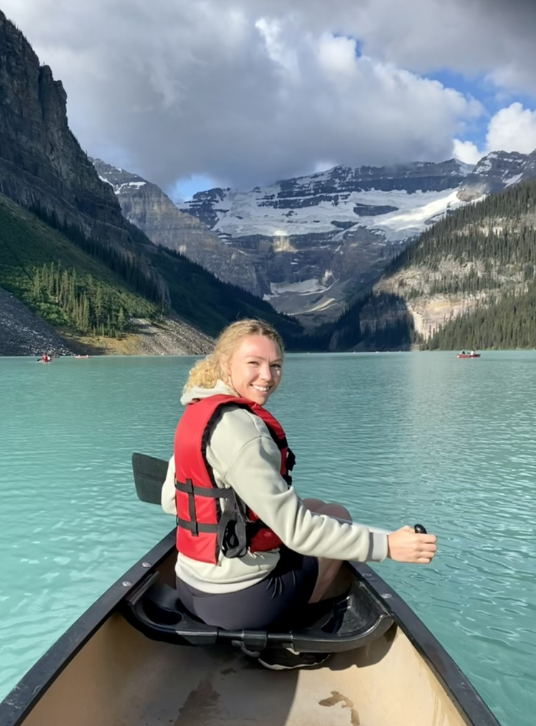




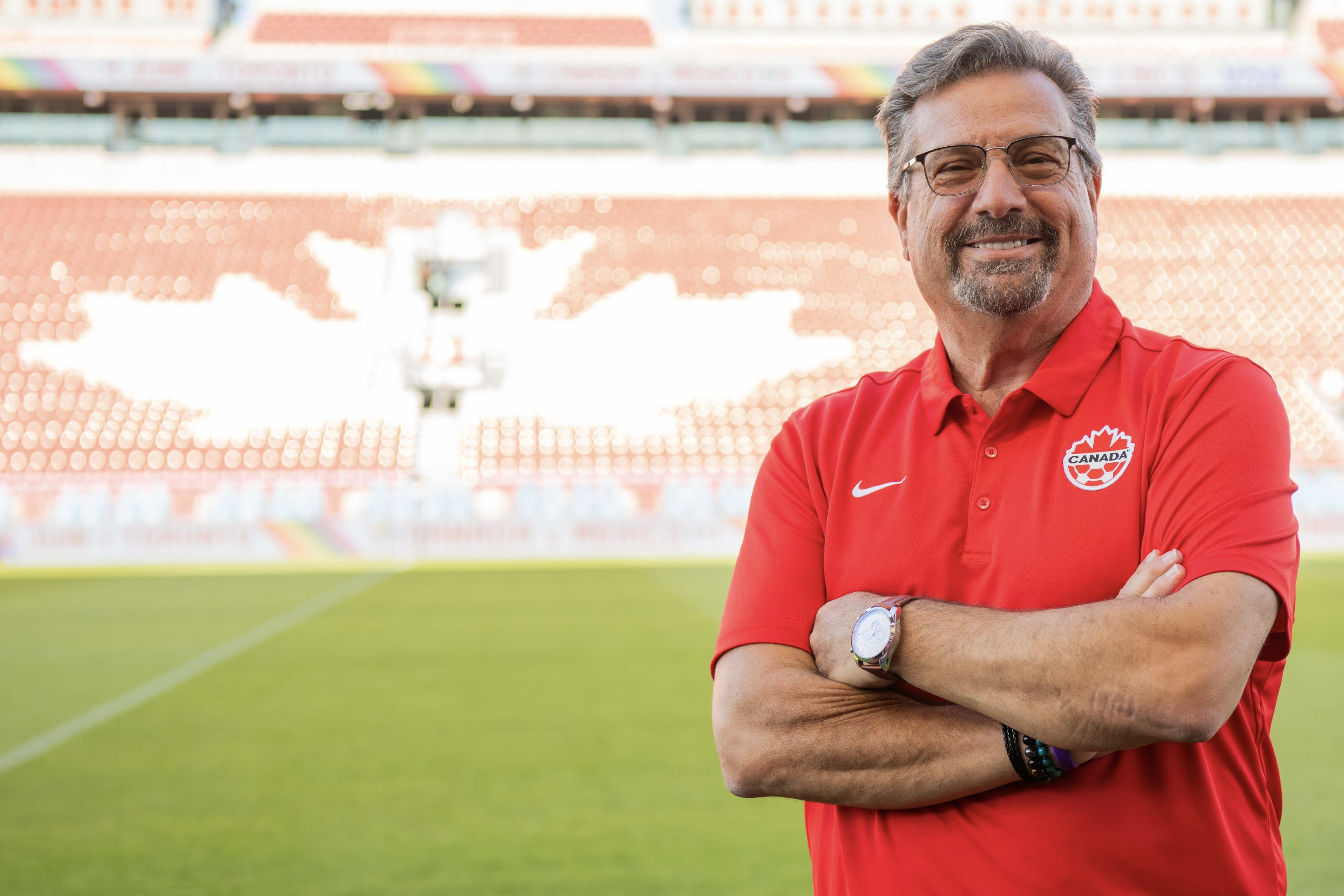
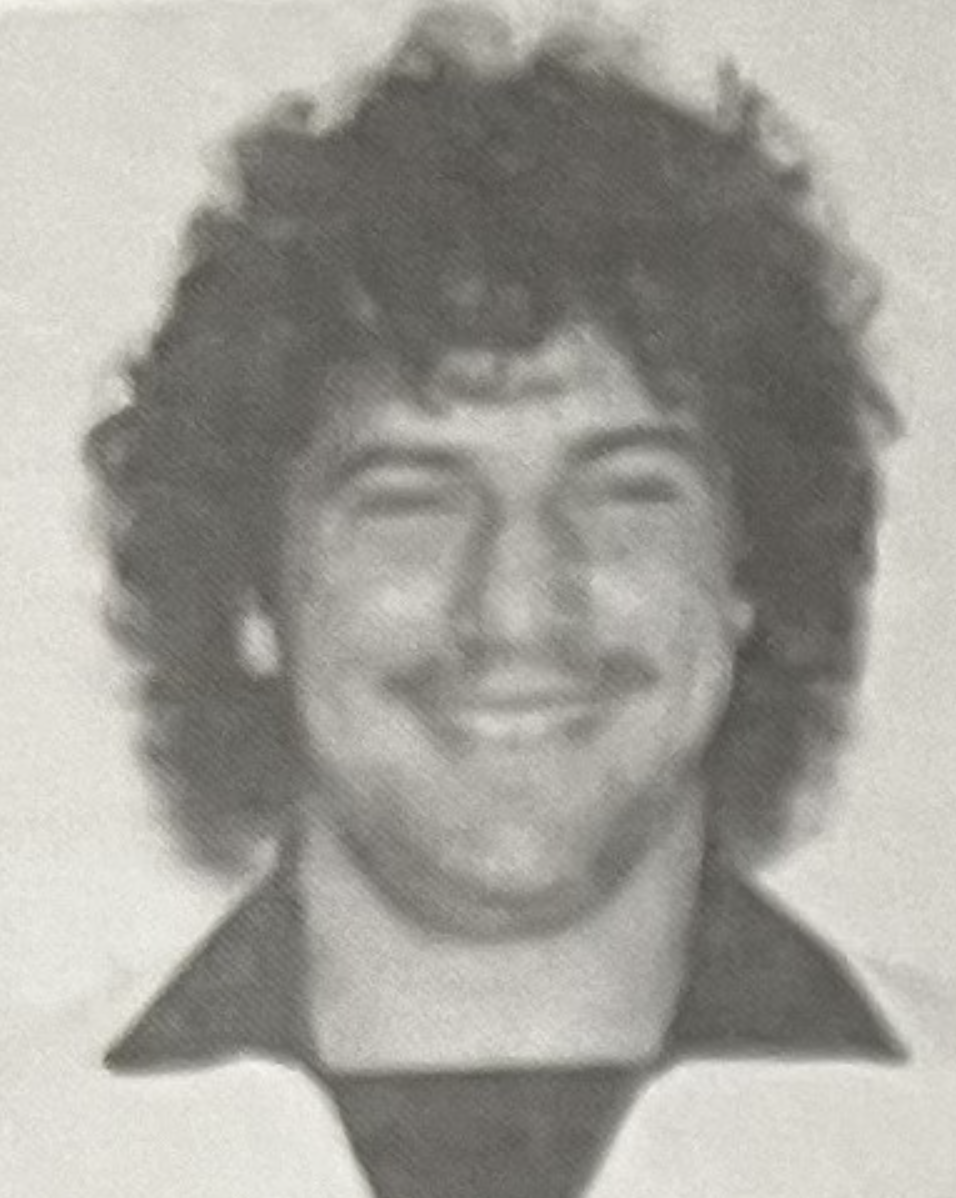
 Pictured left: Soccer Canada President Peter Augruso (centre) at the opening of the Fédération Internationale de Football Association (FIFA) World Cup 26 office in Toronto with FIFA President Gianni Infantino (right) and FIFA Vice-President Victor Montagliani (left), who is also president of the Confederation of North, Central America and Caribbean Association Football (CONCACAF).
Pictured left: Soccer Canada President Peter Augruso (centre) at the opening of the Fédération Internationale de Football Association (FIFA) World Cup 26 office in Toronto with FIFA President Gianni Infantino (right) and FIFA Vice-President Victor Montagliani (left), who is also president of the Confederation of North, Central America and Caribbean Association Football (CONCACAF).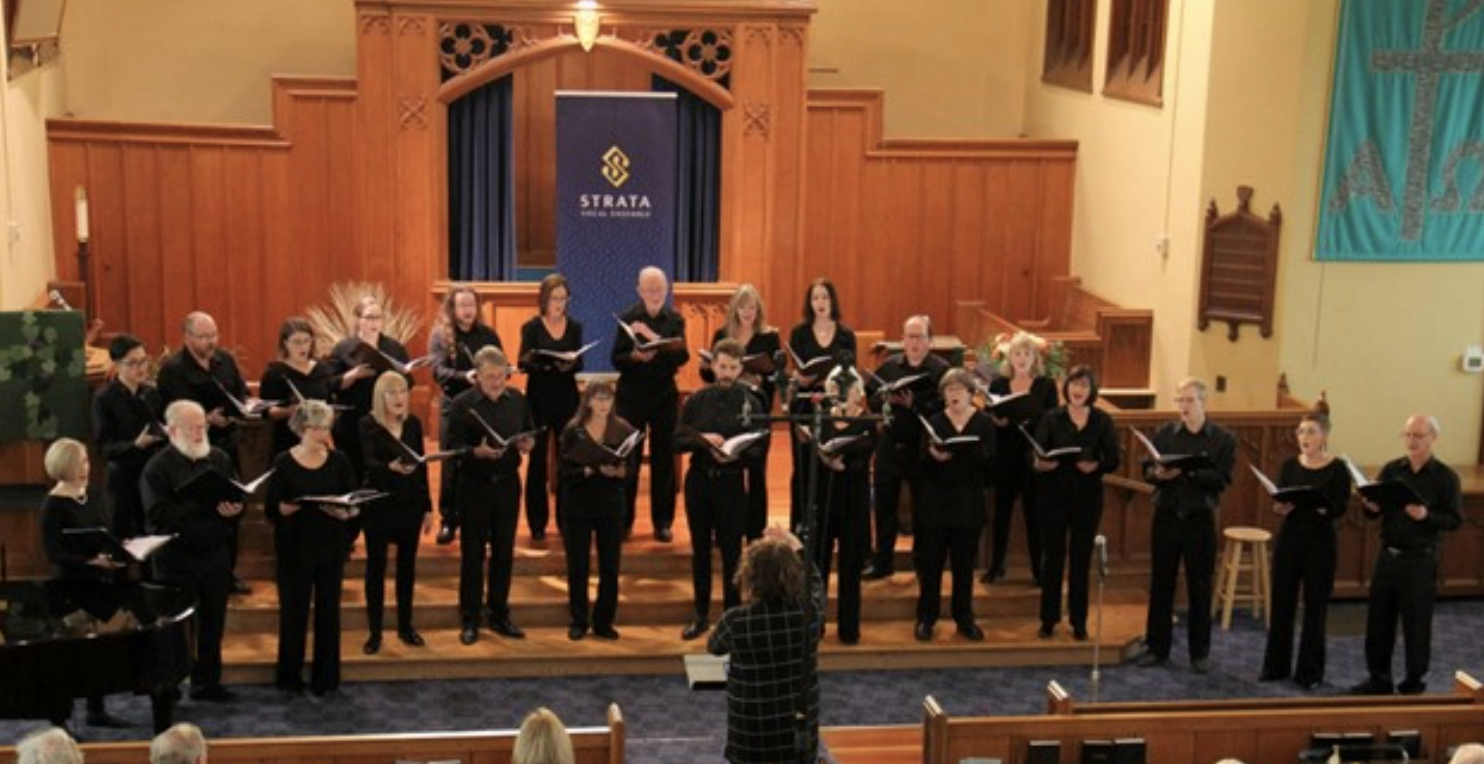
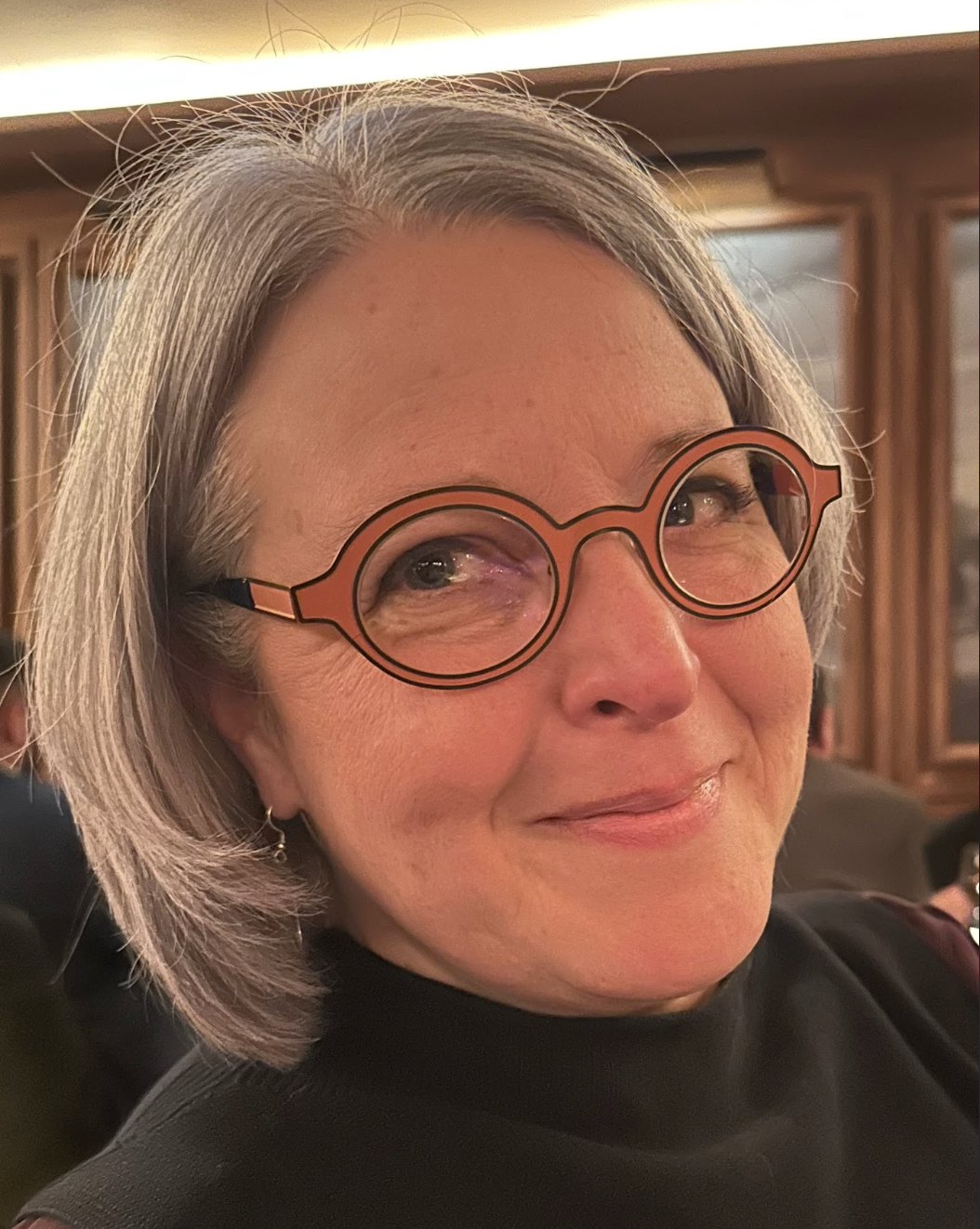 In 1998, when Laurel graduated from Lakehead, the lure of conducting and the lack of teaching jobs prompted her to pursue a music career outside the school system.
In 1998, when Laurel graduated from Lakehead, the lure of conducting and the lack of teaching jobs prompted her to pursue a music career outside the school system.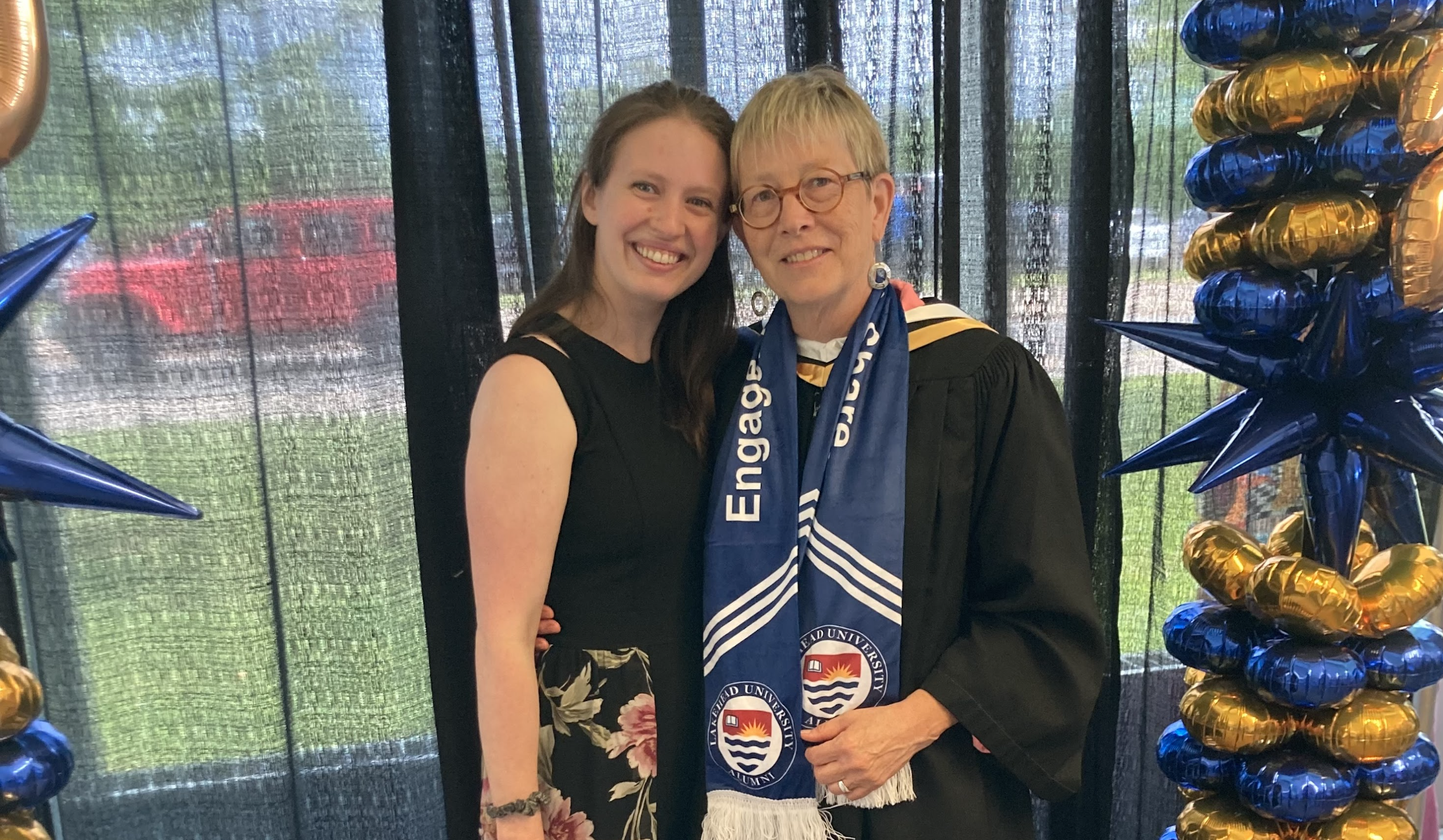 “Lakehead has not only pushed me to be the best I can be academically, but also the best person I can be,” says Holly Gray, who received an Honours Bachelor of Arts and Science in Anthropology in 2024. Above, Holly and her daughter Alexandria celebrate Holly’s graduation.
“Lakehead has not only pushed me to be the best I can be academically, but also the best person I can be,” says Holly Gray, who received an Honours Bachelor of Arts and Science in Anthropology in 2024. Above, Holly and her daughter Alexandria celebrate Holly’s graduation.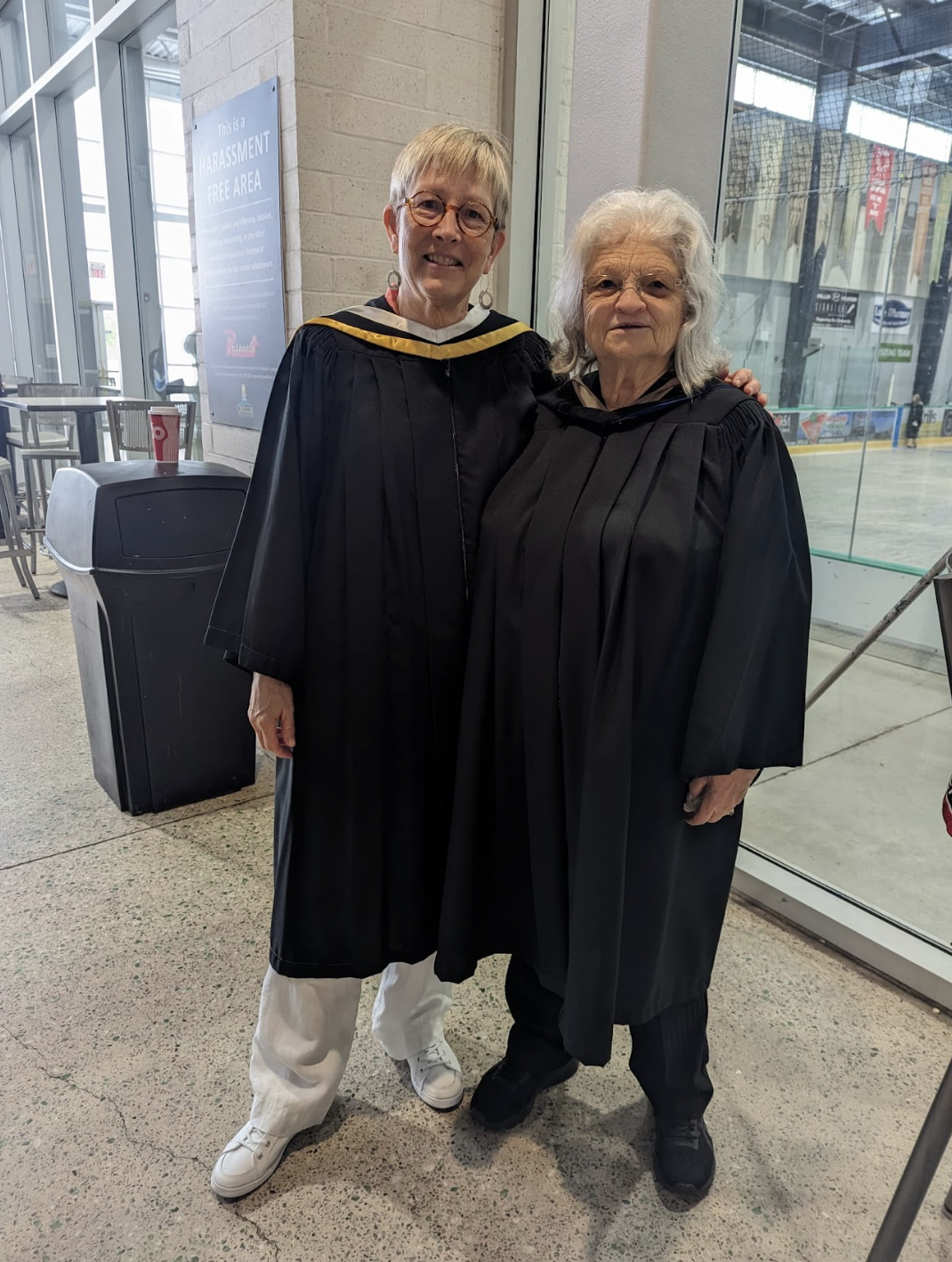 Her fears were eased after she spotted two other seniors in the class. One of them, Ginny Majury, became her study buddy. Soon, Holly was taking more courses, with the goal of earning a degree, and she and Ginny were forming study groups and providing tea and cookies for the students who came. Off-campus experiences were equally important to Holly. “I went on a life-altering dig led by Dr. Scott Hamilton and Dr. Frederico Oliveira at the Indigenous community of Slate Falls north of Sioux Lookout, Ontario. We were looking at the site of the original community of Slate Falls before they were forced to move from their island to the mainland.”
Her fears were eased after she spotted two other seniors in the class. One of them, Ginny Majury, became her study buddy. Soon, Holly was taking more courses, with the goal of earning a degree, and she and Ginny were forming study groups and providing tea and cookies for the students who came. Off-campus experiences were equally important to Holly. “I went on a life-altering dig led by Dr. Scott Hamilton and Dr. Frederico Oliveira at the Indigenous community of Slate Falls north of Sioux Lookout, Ontario. We were looking at the site of the original community of Slate Falls before they were forced to move from their island to the mainland.”
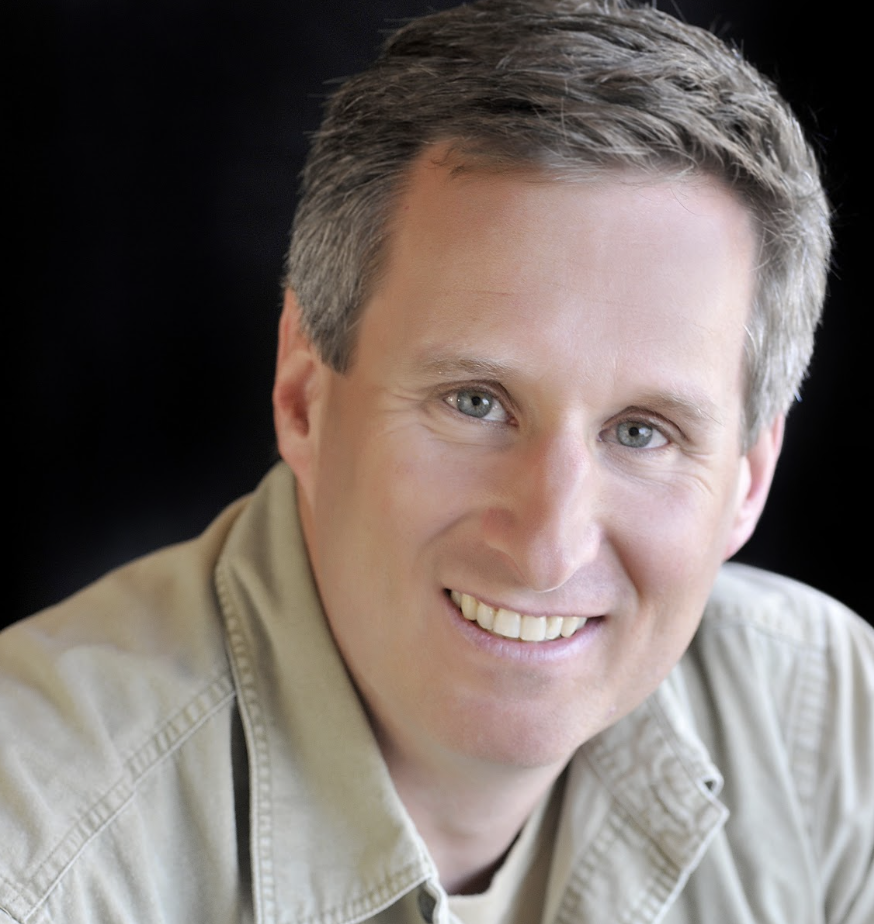
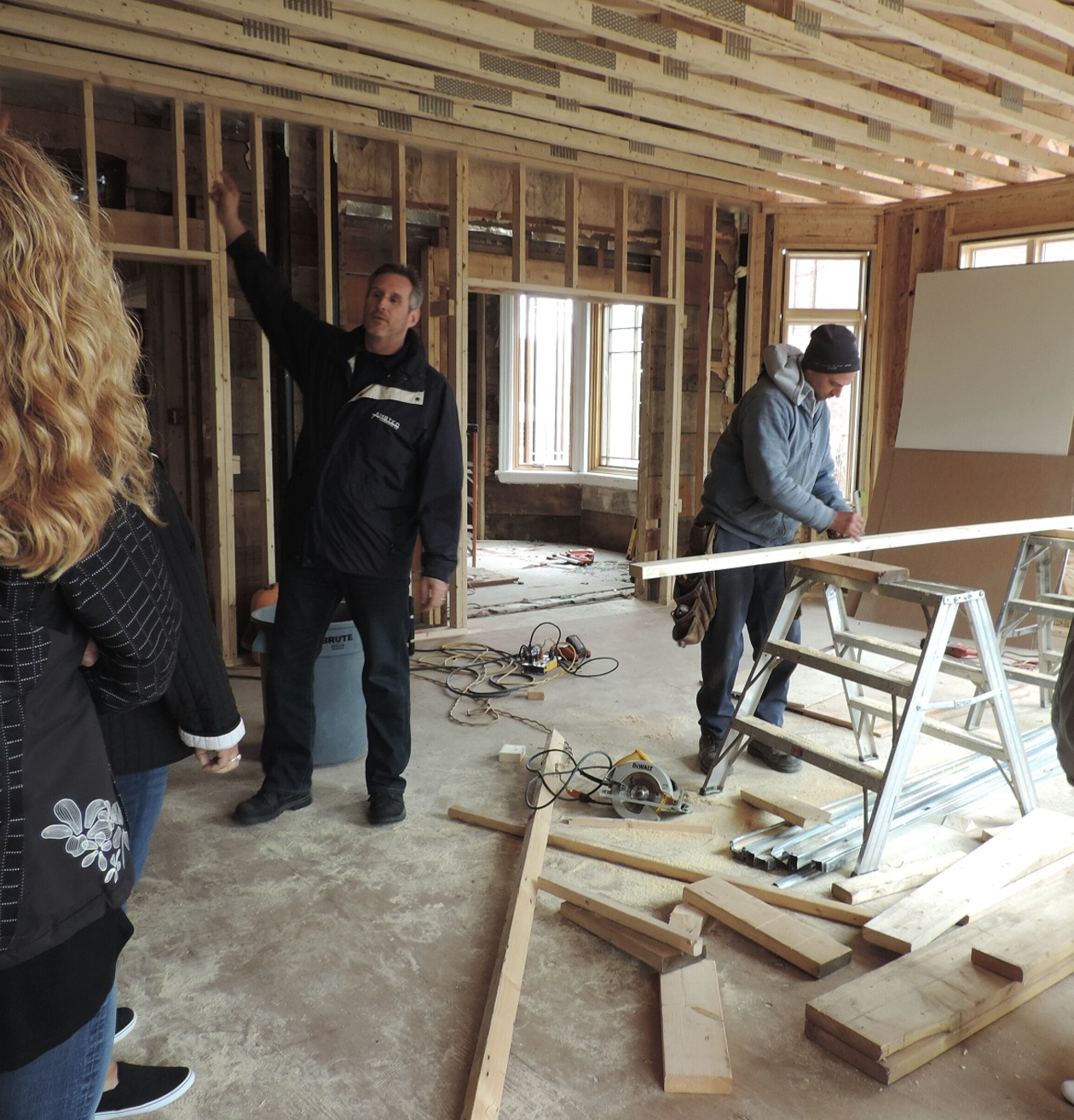


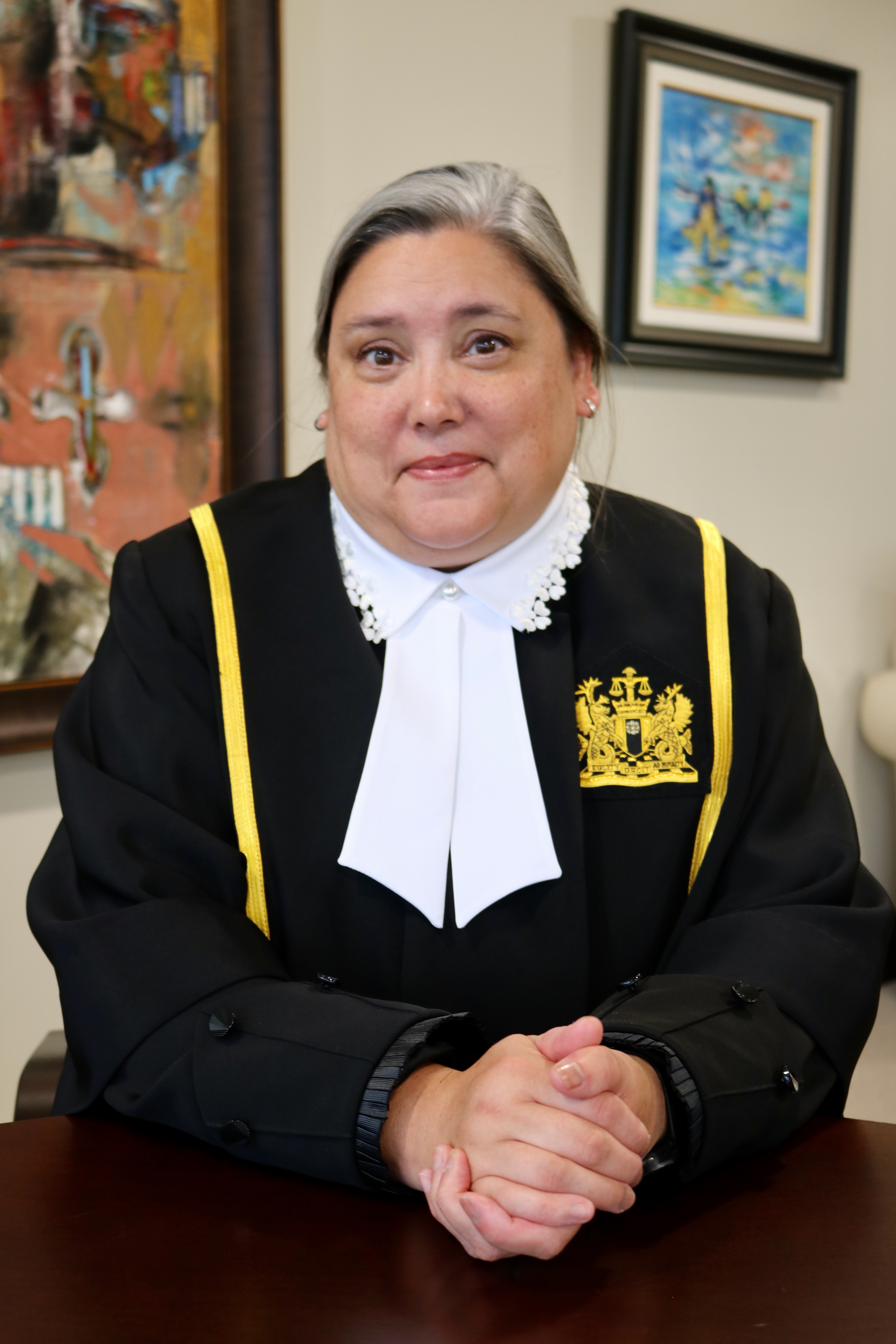 Photo Credit: Balfour
Photo Credit: Balfour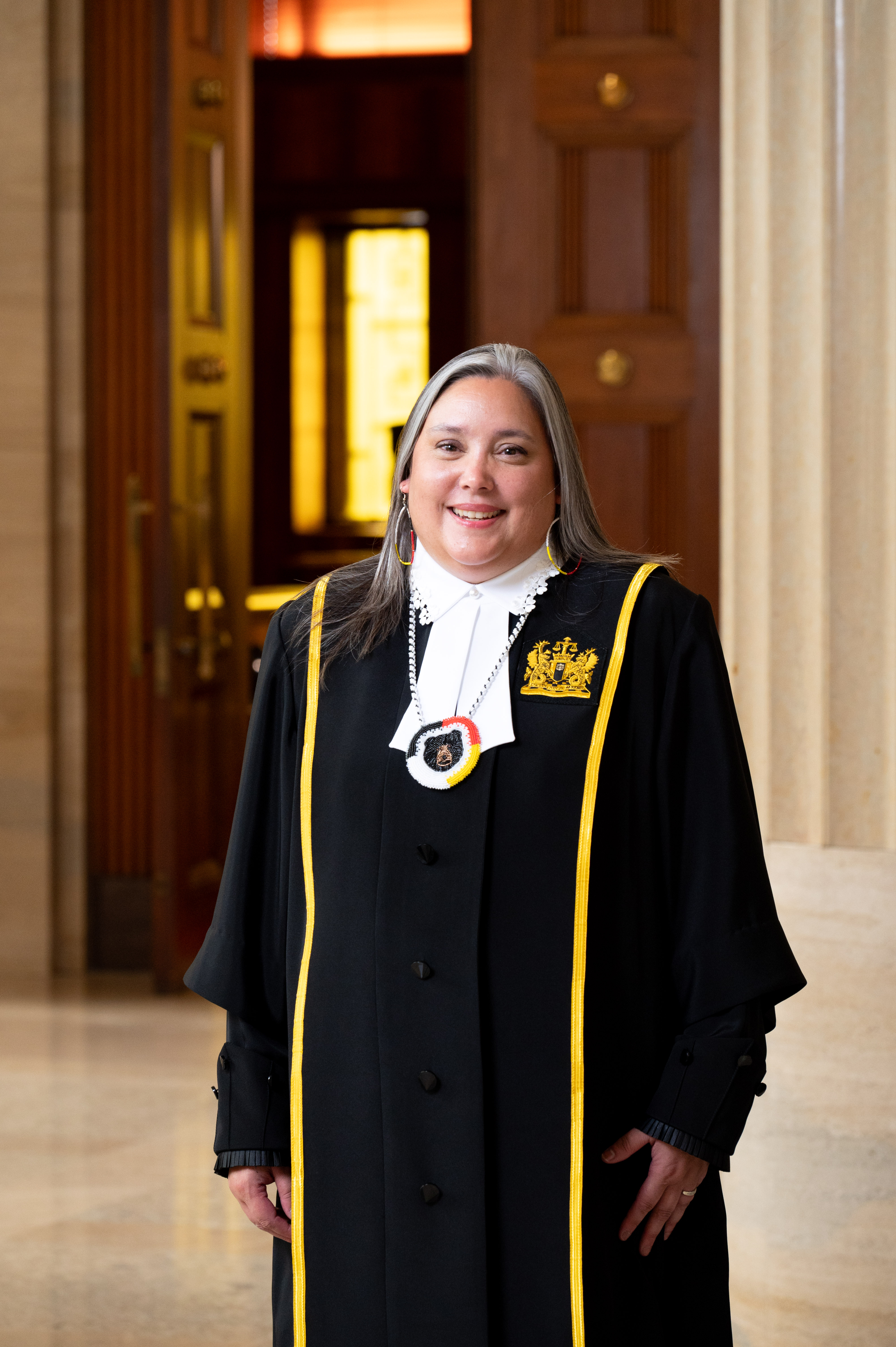

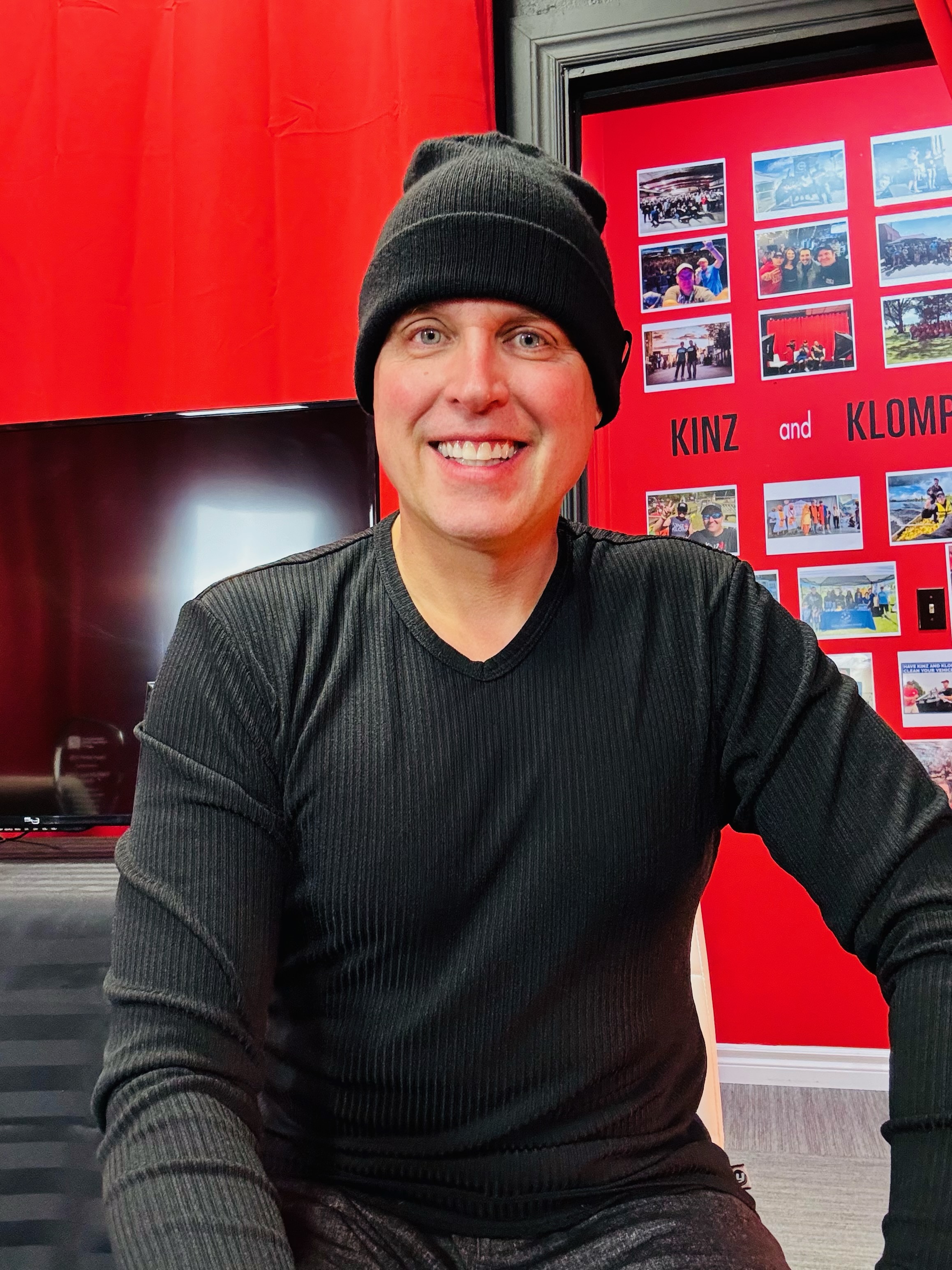 Jamie pictured right: As one of the Kinz and Klomp hosts, Jamie works 15-16 hours a day and meets a huge variety of people. “I’ve always been passionate about people,” Jamie says, “where they came from, what they believe, what they’re rooted in. That’s what drew me to the study of sociology.”
Jamie pictured right: As one of the Kinz and Klomp hosts, Jamie works 15-16 hours a day and meets a huge variety of people. “I’ve always been passionate about people,” Jamie says, “where they came from, what they believe, what they’re rooted in. That’s what drew me to the study of sociology.” 